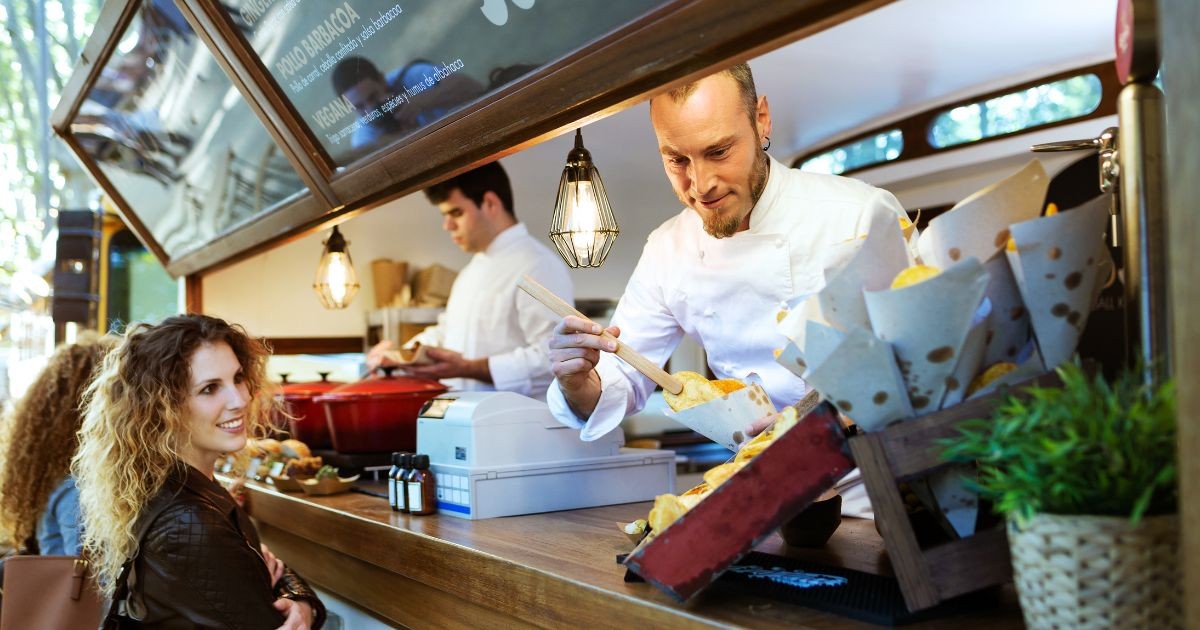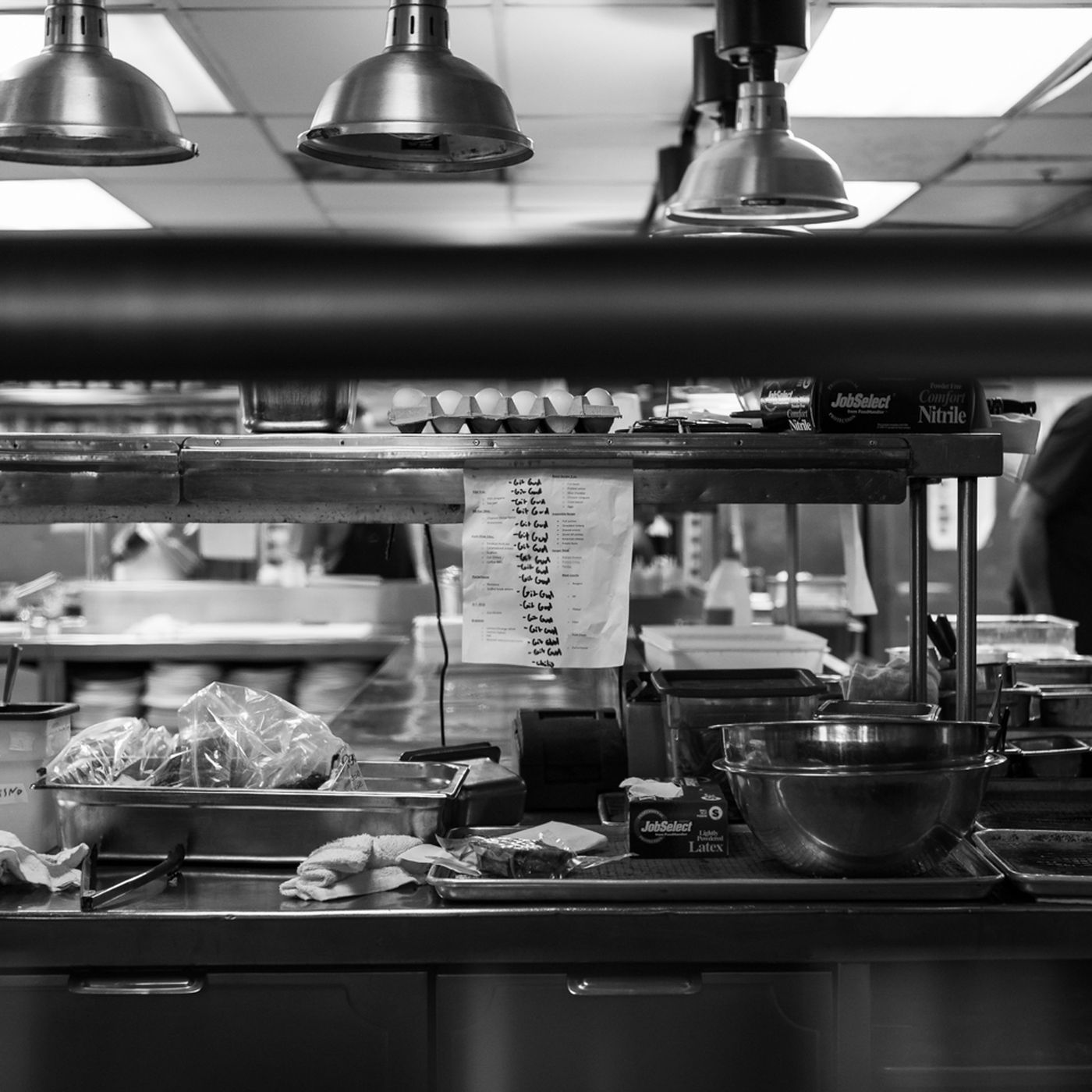When it comes to developing a restaurant concept that stands out, you don’t always need to spend a lot of money.
With a little creativity and a little smart planning, you can bring your culinary vision to life without breaking the bank. We share some cost-effective strategies and ideas that can be used to develop restaurant concepts that are both budget-friendly and tasty in this article.
1. Start Small and Lean
When working with a limited budget, it’s essential to start small and lean. Begin with a modest concept that allows you to focus on a core menu and a smaller, more manageable space. A smaller restaurant requires fewer resources and can help you build a loyal customer base before expanding.
2. Craft a Focused Menu
A concise and focused menu not only reduces food costs but also simplifies kitchen operations. By concentrating on a few well-executed dishes, you can minimize waste, streamline inventory, and maintain consistent quality. Consider seasonal ingredients that are more affordable and readily available.
3. Embrace Pop-Up or Food Truck Concepts
Pop-up restaurants and food trucks offer a budget-friendly way to introduce your concept to the public. They require less overhead than traditional brick-and-mortar locations and can be used to test the market and build a following before investing in a permanent space.
4. Collaborate with Local Producers
Partnering with local farmers, growers, and producers can help you source fresh, high-quality ingredients at a lower cost. Not only does this support the community, but it also allows you to create a unique selling point for your restaurant concept.
5. DIY Decor and Ambiance
Get creative with your restaurant’s decor and ambiance. Consider DIY projects or upcycling furniture and decorations to save on interior design costs. Thrift stores, garage sales, and online marketplaces can be treasure troves for budget-friendly decor items.
6. Use Social Media and Digital Marketing
Harness the power of social media and digital marketing to promote your concept without the need for expensive advertising campaigns. Create engaging content, run targeted ads on platforms like Facebook and Instagram, and build an online presence to attract diners.
7. Staff Wisely
In the early stages of your restaurant concept, consider hiring a lean and versatile team. Cross-train staff to handle multiple roles, reducing labor costs. As your concept grows, you can expand your team strategically.
8. Optimize Operations
Efficiency is key to keeping costs in check. Optimize your kitchen operations to minimize food waste and energy consumption. Streamline ordering and inventory management to avoid over-purchasing or understocking.
9. Test and Learn
Before committing to a long-term lease or substantial investments, test your concept through pop-ups, catering, or temporary events. Gather feedback, analyze data, and learn from your experiences to refine your concept and reduce the risk of costly mistakes.
10. Seek Funding and Grants
Explore funding opportunities and grants available for restaurant startups. Local business associations, culinary schools, and government programs may offer financial assistance to support innovative concepts.
Conclusion
Developing a budget-friendly restaurant concept requires careful planning, creativity, and resourcefulness. By starting small, crafting a focused menu, collaborating with local producers, and leveraging digital marketing, you can bring your culinary vision to life without breaking the bank. Remember that building a successful restaurant concept is a journey, and with dedication and smart financial management, you can turn your concept into a thriving dining destination.




